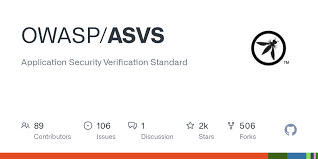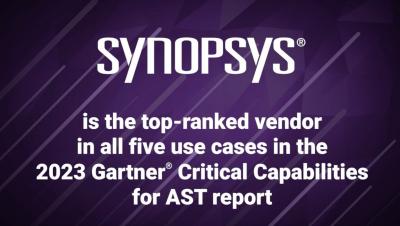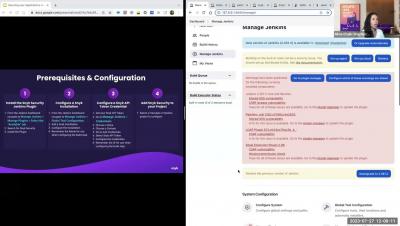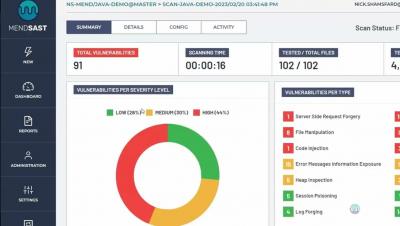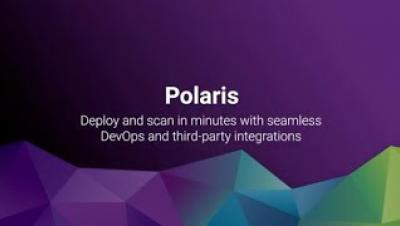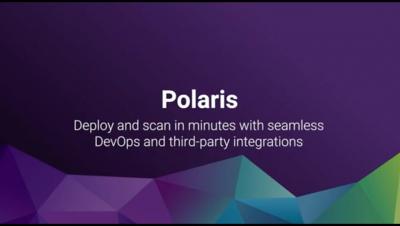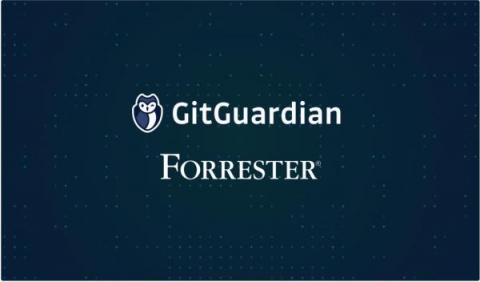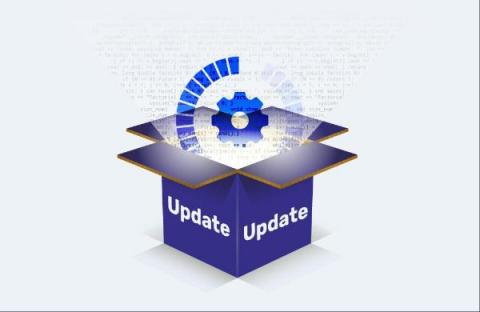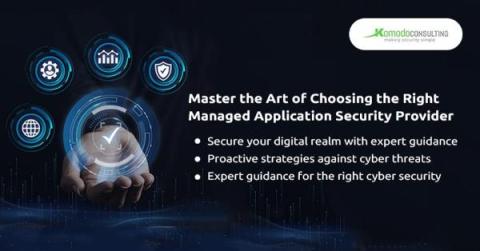Security | Threat Detection | Cyberattacks | DevSecOps | Compliance
July 2023
OWASP ASVS with your security testing tools
OWASP ASVS is a great project to provide a framework of security controls for design and define the basis of secure development. But the problem is when you decide to use these checks in your organization, you end up with a 71-page pdf file or an OWASP ASVS checklist (excel sheet). It is incredibly hard for organizations to adapt and spread the word within the company. This is why we decided to implement a feature that gets all the security testing tools results (by CWE) and maps them into OWASP ASVS automatically so you can use it in every aspect of your application security program.
Gartner Critical Capabilities for Application Security Testing 2023 | Synopsys
Office Hours: Best Practices for Securing your Applications with Snyk in Jenkins
Mend.io Product Overview Demo
SBOMs: A Roadmap for a Secure Software Journey
The New Era of AI-Powered Application Security. Part Three: How Can Application Security Cope With The Challenges Posed by AI?
This is the third part of a blog series on AI-powered application security. Following the first two parts that presented concerns associated with AI technology, this part covers suggested approaches to cope with AI concerns and challenges. In my previous blog posts, I presented major implications of AI use on application security, and examined why a new approach to application security may be required to cope with these challenges.
Achieve Frictionless AppSec for Developers with the Polaris Platform
Easy Onboarding, Deployment, and Testing with the Polaris Platform
Scale Application Security Cost-Effectively with the Polaris Platform
Forrester Research: The State of Application Security 2023
Get your complimentary copy of Forrester's 'The State of Application Security, 2023'.
Avoiding pitfalls when integrating AppSec for DevOps
Strange Bedfellows: Software, Security and the Law
Two Birds, One Stone: Shrinking Security Debt and Attack Surfaces
Malicious Package Trend Analysis
Why is Software Vulnerability Patching Crucial for Your Software and Application Security?
Software vulnerability patching plays a critical role in safeguarding your code base, software, applications, computer systems, and networks against potential threats, and ensuring they’re compliant, and optimized for efficiency. Organizations’ codebases have become increasingly complex, involving sophisticated relationships between components and their dependencies.
Secure Features, Sales Soar | A CPO's Take on Application Security | Marcelino M. (CPO, Stream)
Choosing the Right Managed Application Security Provider: A Guide
LLMs Need Security Too
AppSec integrations enable a more secure SDLC
Consolidation: The wave of the (AST) future
The new era of Application Security: Security Building Blocks for Developers
With the proliferation of data breaches and cyber-attacks, developers must take a proactive approach to security. BoxyHQ's Security Building Blocks for Developers are designed to help developers build and deploy secure applications with minimal effort and expertise. In addition to their core products security teams are finding it hard to keep pace with new no-code and low-code apps that are being created in the company.



